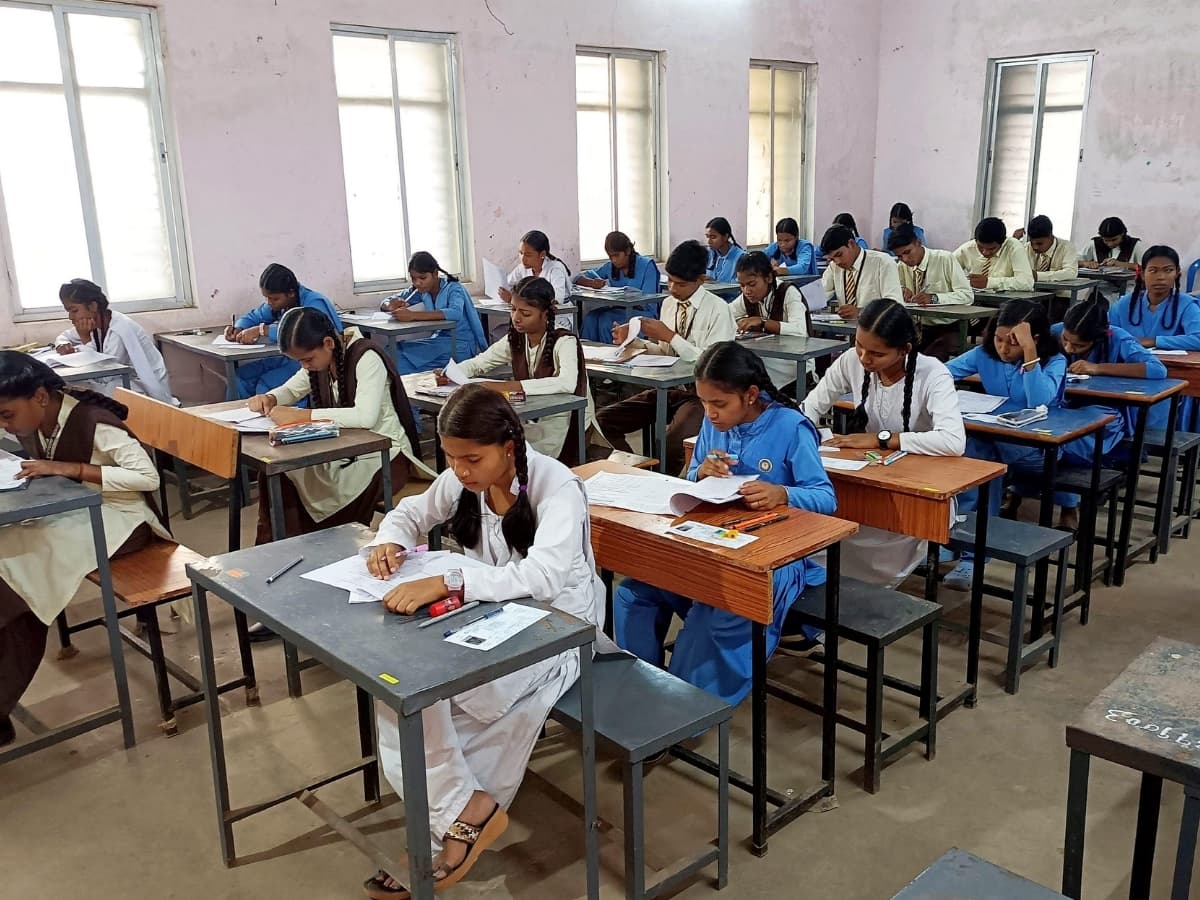Maharashtra Cluster School Model: NEP Gains, RTE Gaps, and Student Commute Challenge
Model cluster school in Panchet, Pune, showcases NEP 2020's success in upgrading infrastructure (smartboards, garden) for students, while facing major hurdles in student access and compliance with the RTE Act's neighborhood schooling mandate due to long commutes (up to 30 km)

Maharashtra's Model Cluster School: NEP Gains and the Commute Challenge
Pune, Maharashtra. The National Education Policy (NEP) 2020 aims to combine low-enrollment schools into better-resourced cluster schools. This initiative reveals both significant benefits and major logistical issues, as shown by the Zilla Parishad Cluster School in Panchet, Pune district. As one of Maharashtra's first model cluster schools, Panchet demonstrates the potential for improving rural education but also highlights the important problem of student access.
Enhanced Infrastructure and Opportunity
The merger has effectively tackled the outdated issues of poor facilities and low student-teacher ratios that are common in smaller village schools, often with only a few students enrolled. Students at the Panchet school, formed by merging five or six neighboring schools, now enjoy modern amenities:
- Separate, painted classrooms
- Chalkless smartboards
- Benches and covered textbooks
- A terrace garden for hands-on, experiential learning
- Improved facilities like functioning toilets and drinking water
Headmistress Shabana Javed Khan remarked on the positive change. She observed, “tiny figures emerging from a shiny yellow school bus, entering the gate of the school and moving towards their classrooms.” Some of these students are attending school for the first time. The school aims to offer better academics along with personal development and exposure, which were lacking in the smaller, fragmented schools.
The Gaps: Distance and Equity Concerns
Despite the infrastructure improvements, the consolidation policy faces criticism for not meeting the Right to Education (RTE) Act's requirement of having a primary school within a 1 km radius. The distance many students must travel is the most pressing issue in the Panchet model.
Distance: Out of the school's 156 students, about 85 travel from hamlets located 25 to 30 km away.
Vulnerability: Most of these long-distance students come from Scheduled Tribe (ST) backgrounds, raising concerns about fair access for marginalized communities.
While the school provides two buses for transport, the lengthy commute goes against the idea of neighborhood schooling. Critics and teachers' unions warn that such long travel, especially in tough terrain, could lead to higher dropout rates, particularly for girls. This risk increases if transportation is unreliable or seen as unsafe. Additionally, some parents in nearby villages hesitate to send their children, resulting in some old schools still operating with very few students.
Join PSU Connect on WhatsApp now for quick updates!Whatsapp Channel